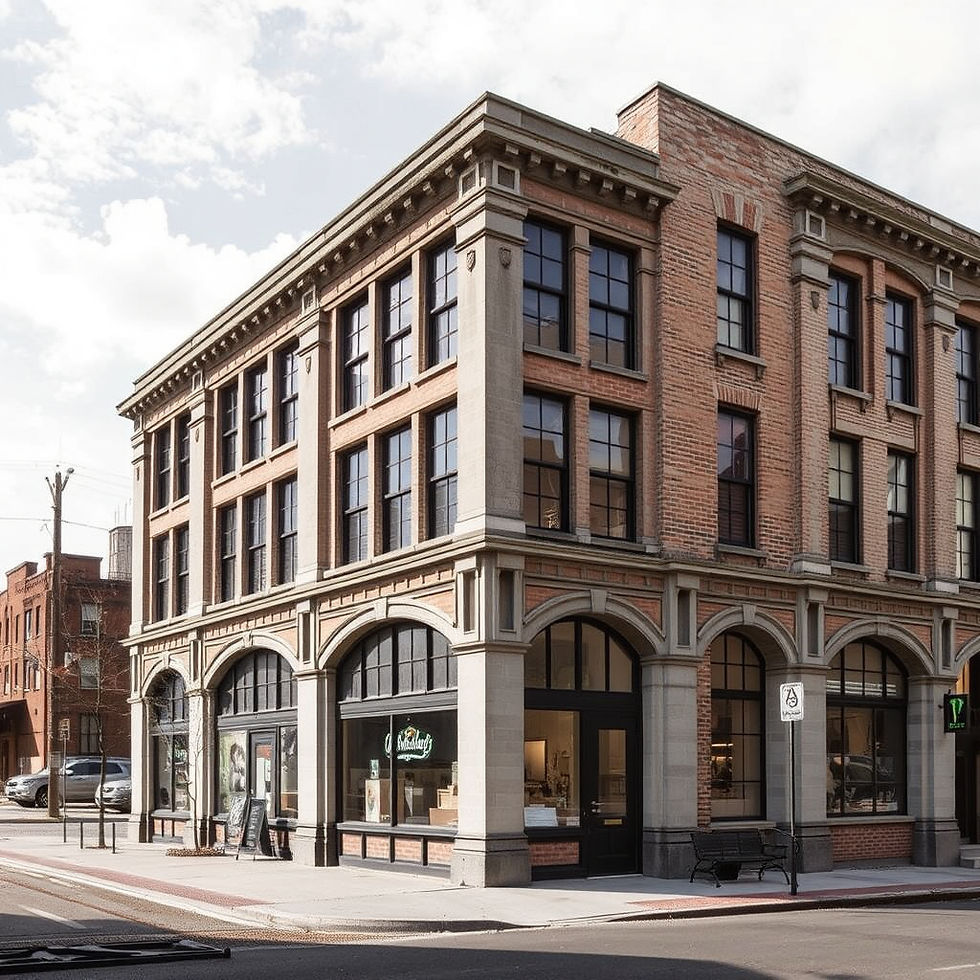Bridging Past and Future: Sustainable Restoration Techniques for Italian Heritage Buildings
- Phase Zero
- 6 days ago
- 2 min read
Italy's architectural heritage represents centuries of cultural and artistic achievement, yet preserving these treasures while meeting contemporary sustainability standards presents a complex challenge. Modern restoration techniques now offer innovative solutions that honor historical authenticity while reducing environmental impact and enhancing building resilience.
Digital Innovation Meets Traditional Craftsmanship
One of the most transformative developments in heritage restoration is the adoption of H-BIM (Historical Building Information Modelling) and Digital Twin technology. These tools enable architects and conservators to create precise digital replicas of historic structures, allowing them to simulate restoration scenarios, monitor structural behavior over time, and plan interventions with unprecedented accuracy. For fragile historic buildings vulnerable to earthquakes or environmental degradation, this technology is invaluable in preventing damage and ensuring long-term stability.
Digital scanning and 3D documentation also allow restoration teams to identify compatible materials that match original properties exactly, preserving historical authenticity while enabling energy efficiency improvements. This precision-based approach eliminates guesswork and reduces the risk of inappropriate interventions that could compromise a building's integrity.

Sustainable Material Selection
The choice of materials is fundamental to sustainable heritage restoration. Leading restoration projects in Italy prioritize natural, locally-sourced materials such as stone, wood, clay, and natural paints that maintain authenticity and reduce environmental footprint. Beyond traditional materials, innovative sustainable alternatives are gaining traction—including sustainable concrete incorporating recycled waste materials like plastic and rubber fibers, which enhance durability while reducing carbon emissions.
This commitment to material sustainability extends beyond environmental considerations. Using locally-sourced materials supports regional economies, reduces transportation emissions, and ensures that restoration work integrates seamlessly with the surrounding built environment. For interior designers, this principle translates into a design philosophy that values quality, longevity, and environmental stewardship.
Balancing Preservation with Performance
Italy's stringent heritage conservation laws require that restoration work respect regulatory frameworks while improving energy consumption, functionality, and structural integrity. This regulatory environment has spurred innovation in how designers integrate modern systems—such as improved insulation, contemporary glazing, and eco-friendly mechanical systems—without compromising historical character.
The GBC Historic Building rating system, developed specifically for Italian heritage projects, provides a framework for evaluating restoration work based on environmental impact reduction, energy efficiency, and sustainable operation across the entire refurbishing lifecycle. This systematic approach ensures that sustainability goals are not afterthoughts but integral to the restoration process from inception.

Practical Applications for Design Professionals
For interior designers working on heritage projects, these sustainable restoration techniques offer several practical applications. First, invest time in understanding the historical context and original materials of a building—this knowledge informs material selection and ensures interventions are appropriate and reversible. Second, collaborate with specialists in heritage conservation and digital documentation to ensure your design decisions are informed by precise data rather than assumptions. Third, view sustainability not as a constraint but as an opportunity to enhance a building's performance and longevity while respecting its historical significance.
Conclusion
Sustainable restoration of Italian heritage buildings demonstrates that preservation and environmental responsibility are not competing objectives but complementary goals. By combining digital innovation, environmentally friendly materials, traditional craftsmanship, and comprehensive management systems, design professionals can protect cultural value while ensuring these treasured structures remain vibrant, functional, and resilient for generations to come.



